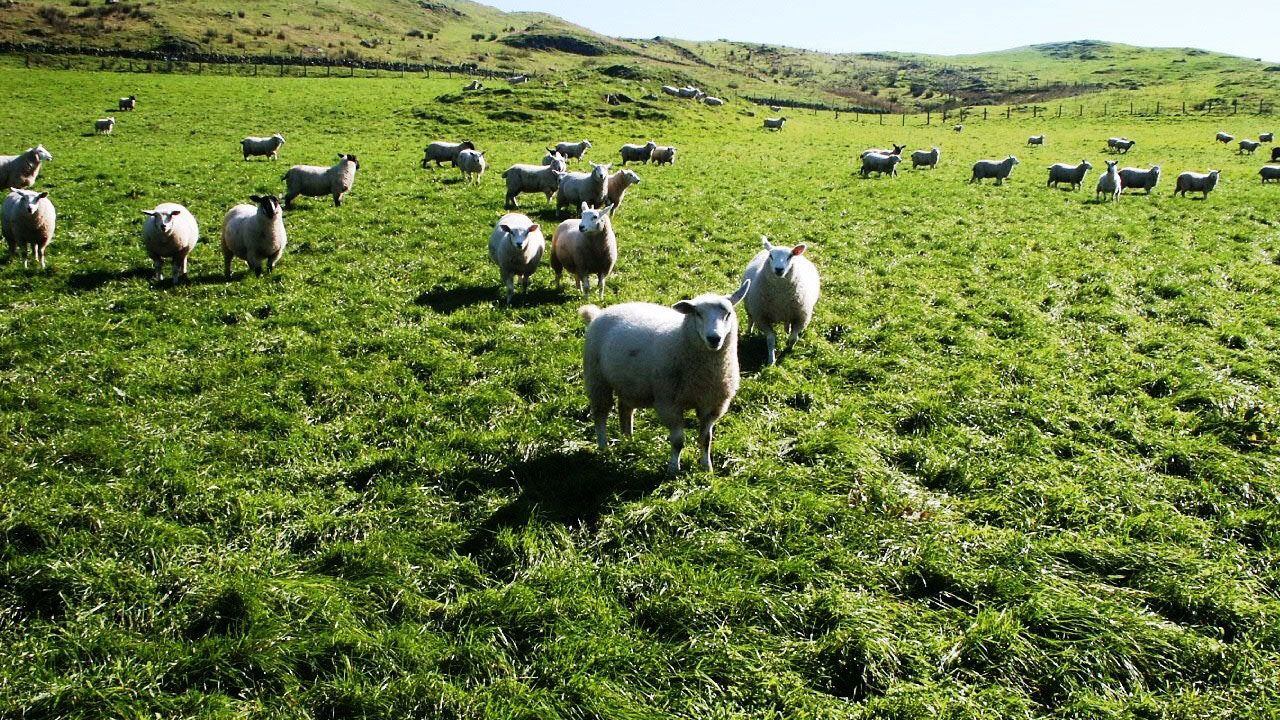European sheep supplies are likely to remain tight in 2016, as the French ewe flock has declined by 2% in December 2015 on the year before.
Figures from the AHDB (the body for UK beef and lamb) show how the French market is significant to the EU sheep trade, as it the largest importer of sheepmeat in Europe.
The French market is of particular interest to Irish sheep producers, as the majority of sheepmeat produced in Ireland is exported to the Continent and last year, 35% of all Irish sheepmeat was exported to France, figures from Bord Bia show.
According to the AHDB, the French ewe flock has dropped by 20% over the last 10 years due to low profitability.
However, despite sheepmeat supplies looking set to remain tight during 2016, the total number of sheep in EU countries increased in 2015.
Sheep production has increased in both Spain and the UK, two of the biggest sheepmeat producers in the EU.
The AHDB reports that sheep numbers in both Spain and the UK increased by 2% and 7% respectively in December 2015 on the same time the year before.
And, as a result the EU sheep supply is set to increase by 2% in 2016, which is the first jump since the mid 1990s.
The EU breeding flock increased by 1% in December 2015 on 2014 levels, while the total EU flock increased by 2% during this same period.
For Spain, this represents the first increase since 2006, when the female breeding flock fell by one third, suggesting that the problems of recent years in the sheep sector may have eased at least for the moment.
The Spanish light lamb price was up by as much as 7% in 2015. The reduction in the breeding flock over the years has resulted in a sharp fall in slaughterings which should be reversed in 2016, according to the AHDB.
The main competitor to the UK on EU import markets is Ireland, but total numbers were unchanged in December 2015 while the ewe flock was 1% lower and the AHDB suggested that there would be no increase in Irish sheep slaughterings in 2016.

